Researcher, Associate Professor

I am a Ph.D. student in Computer Science, and my current project relates to educational applications.
I got my Masters of Science degree from the Computer Science program supervised by Dr. Christopher Collins at the University of Ontario Institute of Technology in 2017. My Masters project is titled “An Adaptive Crowdsourced Investigation of Word Abbreviation Techniques for Text Visualizations” where I collected data on how people create abbreviations allowing me to design an abbreviation algorithm.
I have some experience in the industry where I worked with natural language processing (NLP) regarding extraction of named entity recognition (NER) in the context of law cases corpora in Portuguese.
I have also worked with educational technologies applied to introducing programming techniques using robotics. During my undergraduate studies, I joined a group called GISDI, which develops applications for mobile robotics in an educational environment. This environment is taken to schools where programming lessons are given.
While still in university for my undergraduate degree, I was granted a scholarship by the Brazilian government, named Science Without Borders. Through this scholarship, I was able to spend my third year of undergraduate studies in Canada at the University of Ontario Institute of Technology – UOIT. As an exchange student, I attained a summer position at vialab and started working on my word abbreviation studies.
In 2015, I graduated from the University of State of Sao Paulo – UNESP in Brazil as top of my class in 2015 with a Bachelor’s degree in Computer Science.
In my spare time, I like going to the gym; lifting weights, building muscle and doing some HIIT cardio. Well, I try to be as fit as I can. Once I am a food lover, I work out hard so I can eat more.
Contact
You can contact me at: marianaakemi.shimabukuro@ontariotechu.ca
See more about me at: https://www.shimabukuro.ca/
You can also find me on LinkedIn, lattes.
Publications
-

M. Shimabukuro and C. Collins, “Cross-Linguistic Word Frequency Visualization for PT and EN,” in Proceedings of the IEEE Conference on Information Visualization (Poster), 2019.
@InProceedings{shi2019b,
author = {Mariana Shimabukuro and Christopher Collins},
title = {Cross-Linguistic Word Frequency Visualization for PT and EN},
booktitle = {Proceedings of the IEEE Conference on Information Visualization (Poster)},
year = 2019
} -

M. Shimabukuro, J. Zipf, M. El-Assady, and C. Collins, “H-Matrix: Hierarchical Matrix for Visual Analysis of Cross-Linguistic Features in Large Learner Corpora,” in Proceedings of the IEEE Conference on Information Visualization (short papers), 2019.
@InProceedings{shi2019a,
author = {Mariana Shimabukuro and Jessica Zipf and Mennatallah El-Assady and Christopher Collins},
title = {H-Matrix: Hierarchical Matrix for Visual Analysis of Cross-Linguistic Features in Large Learner Corpora},
booktitle = {Proceedings of the IEEE Conference on Information Visualization (short papers)},
year = 2019
} -

E. Alexander, C. Chang, M. Shimabukuro, S. Franconeri, C. Collins, and M. Gleicher, “Perceptual Biases in Font Size as a Data Encoding,” IEEE Transactions on Visualization and Computer Graphics, vol. 24, iss. 8, pp. 2397-2410, 2017.
@article{ale2017a,
title={Perceptual Biases in Font Size as a Data Encoding},
author={Eric Alexander and Chih-Ching Chang and Mariana Shimabukuro and Steven Franconeri and Christopher Collins and Michael Gleicher},
publisher={TVCG Journal},
journal = {IEEE Transactions on Visualization and Computer Graphics},
ISSN = { 1077-2626 },
volume = 24,
Number = {8},
Pages= { 2397–2410},
year=2017,
doi={10.1109/TVCG.2017.2723397}
} -

M. Shimabukuro, “An Adaptive Crowdsourced Investigation of Word Abbreviation Techniques for Text Visualizations,” Master Thesis, 2017.
@MastersThesis{shi2017,
title={An Adaptive Crowdsourced Investigation of Word Abbreviation Techniques for Text Visualizations},
author={Mariana Shimabukuro},
year=2017
} -

M. Shimabukuro and C. Collins, “Abbreviating Text Labels on Demand,” Proc. of IEEE Conf. on Information Visualization (InfoVis), 2017.
@Article{shi2017a,
author = {Mariana Shimabukuro and Christopher Collins},
title = {Abbreviating Text Labels on Demand},
journal = {Proc. of IEEE Conf. on Information Visualization (InfoVis)},
series = {Poster},
address = {Phoenix, USA},
year = 2017,
note = {Poster Paper}
} -

M. Shimabukuro and C. Collins, “Abbreviating Text Labels on Demand,” Proc. of IEEE Conf. on Information Visualization (InfoVis), 2017.
@poster{shi2017p,
author = {Mariana Shimabukuro and Christopher Collins},
title = {Abbreviating Text Labels on Demand},
booktitle = {Proc. of IEEE Conf. on Information Visualization (InfoVis)},
series = {Poster},
address = {Phoenix, USA},
year = 2017,
note = {Poster}
} -

E. Alexander, C. Chang, M. Shimabukuro, S. Franconeri, C. Collins, and M. Gleicher, “The Biasing Effect of Word Length in Font Size Encodings,” Proc IEEE Information Visualization (InfoVis), Posters, 2016.
@poster{shi2016,
author = {Eric Alexander and Chih-Ching Chang and Mariana Shimabukuro and Steven Franconeri and Christopher Collins and Michael Gleicher},
title = {The Biasing Effect of Word Length in Font Size Encodings},
booktitle = { Proc IEEE Information Visualization (InfoVis), Posters },
series = {Poster},
note = {Honorable Mention for Best Poster},
year = 2016
} -
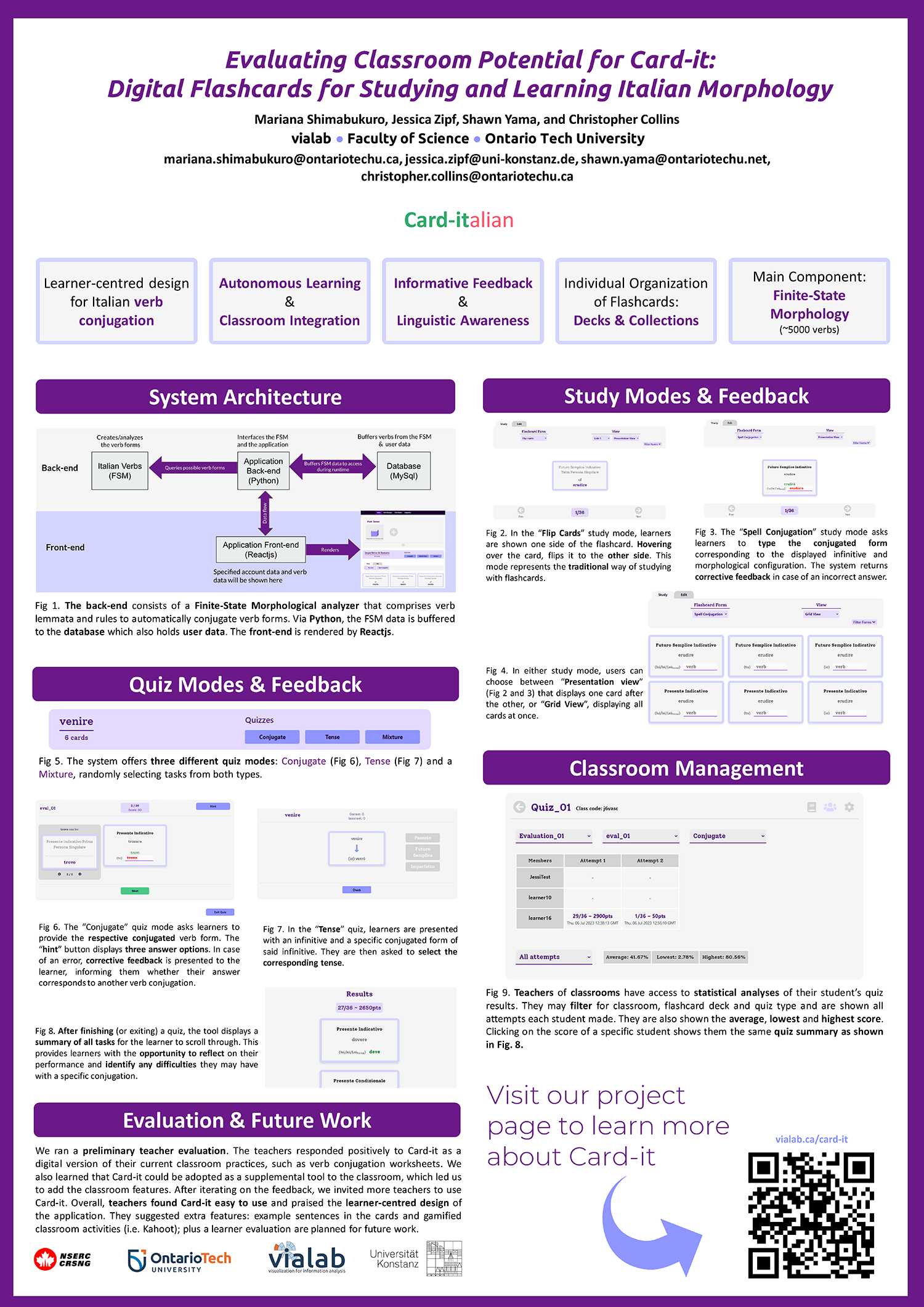
M. Shimabukuro, J. Zipf, S. Yama, and C. Collins. 2023. “Evaluating Classroom Potential for Card-it: Digital Flashcards for Studying and Learning Italian Morphology,” in Proc. of the 18th Workshop on Innovative Use of NLP for Building Educational Applications (BEA 2023), pages 130–136, Toronto, Canada. ACL.
@inproceedings{shimabukuro-etal-2023-evaluating, title = "Evaluating Classroom Potential for Card-it: Digital {F}lashcards for Studying and Learning {I}talian Morphology", author = "Shimabukuro, Mariana and Zipf, Jessica and Yama, Shawn and Collins, Christopher", editor = {Kochmar, Ekaterina and Burstein, Jill and Horbach, Andrea and Laarmann-Quante, Ronja and Madnani, Nitin and Tack, Ana{\"\i}s and Yaneva, Victoria and Yuan, Zheng and Zesch, Torsten}, booktitle = "Proceedings of the 18th Workshop on Innovative Use of NLP for Building Educational Applications (BEA 2023)", month = jul, year = "2023", address = "Toronto, Canada", publisher = "Association for Computational Linguistics", url = "https://aclanthology.org/2023.bea-1.11", doi = "10.18653/v1/2023.bea-1.11", pages = "130--136", } -

Leung, B., Shimabukuro, M., & Collins, C. (2024). NeuroSight: Combining Eye-Tracking and Brain-Computer Interfaces for Context-Aware Hand-Free Camera Interaction. In Adjunct Proceedings of the 37th Annual ACM Symposium on User Interface Software and Technology. Association for Computing Machinery.
@inproceedings{10.1145/3672539.3686312,
author = {Leung, Benedict and Shimabukuro, Mariana and Collins, Christopher},
title = {NeuroSight: Combining Eye-Tracking and Brain-Computer Interfaces for Context-Aware Hand-Free Camera Interaction},
year = {2024},
isbn = {9798400707186},
publisher = {Association for Computing Machinery},
address = {New York, NY, USA},
url = {https://doi.org/10.1145/3672539.3686312},
doi = {10.1145/3672539.3686312},
abstract = {Technology has blurred the boundaries of our work and private lives. Using touch-free technology can lessen the divide between technology and reality and bring us closer to the immersion we once had before. This work explores the combination of eye-tracking glasses and a brain-computer interface to enable hand-free interaction with the camera without holding or touching it. Different camera modes are difficult to implement without the use of eye-tracking. For example, visual search relies on an object, selecting a region in the scene by touching the touchscreen on your phone. Eye-tracking is used instead, and the fixation point is used to select the intended region. In addition, fixations can provide context for the mode the user wants to execute. For instance, fixations on foreign text could indicate translation mode. Ultimately, multiple touchless gestures create more fluent transitions between our life experiences and technology.},
booktitle = {Adjunct Proceedings of the 37th Annual ACM Symposium on User Interface Software and Technology},
articleno = {73},
numpages = {3},
keywords = {brain-computer interface, camera, eye-tracking},
location = {Pittsburgh, PA, USA},
series = {UIST Adjunct ’24}
} -
 Leung, B., Shimabukuro, M., Chan, M., & Collins, C. (2025). GazeQ-GPT: Gaze-Driven Question Generation for Personalized Learning from Short Educational Videos. In Proc. Graphics Interface (GI).
Leung, B., Shimabukuro, M., Chan, M., & Collins, C. (2025). GazeQ-GPT: Gaze-Driven Question Generation for Personalized Learning from Short Educational Videos. In Proc. Graphics Interface (GI).@inproceedings{mypaper,
title = {GazeQ-GPT: Gaze-Driven Question Generation for Personalized Learning from Short Educational Videos},
author = {Leung, Benedict and Shimabukuro, Mariana and Chan, Matthew and Collins, Christopher},
year = 2025,
booktitle = {Proc. Graphics Interface (GI)}
} -
 Panchal, D., Collins, C., & Shimabukuro, M. (2024). LingoComics: Co-Authoring Comic Style AI-Empowered Stories for Language Learning Immersion with Story Designer. In Adjunct Proceedings of the 37th Annual ACM Symposium on User Interface Software and Technology. Association for Computing Machinery.
Panchal, D., Collins, C., & Shimabukuro, M. (2024). LingoComics: Co-Authoring Comic Style AI-Empowered Stories for Language Learning Immersion with Story Designer. In Adjunct Proceedings of the 37th Annual ACM Symposium on User Interface Software and Technology. Association for Computing Machinery.@inproceedings{10.1145/3672539.3686352,
author = {Panchal, Deval and Collins, Christopher and Shimabukuro, Mariana},
title = {LingoComics: Co-Authoring Comic Style AI-Empowered Stories for Language Learning Immersion with Story Designer},
year = {2024},
isbn = {9798400707186},
publisher = {Association for Computing Machinery},
address = {New York, NY, USA},
url = {https://doi.org/10.1145/3672539.3686352},
doi = {10.1145/3672539.3686352},
abstract = {In language learning applications, contextualization and immersion rely on real-life communication and remain challenging despite the recent advancements in artificial intelligence (AI) that have significantly impacted educational and language learning experiences. This paper introduces LingoComics, a web application that embeds AI-empowered stories with narrative and comic-style illustrations to enhance contextualization and personalization in language learning. At the core of LingoComics is the Story Designer module, which allows learners to co-author short narratives using a structured set of parameters within a simple user interface. Leveraging OpenAI’s GPT-4-turbo for text completion and DALLE-3 for image generation, the Story Designer generates contextually relatable stories and comic-style images based on user input. Future work includes user evaluations, activity designs, and additional language learning support features. LingoComics aims to increase learners’ confidence and motivation by enabling personalized, situational language practice, preparing them for real-life communication.},
booktitle = {Adjunct Proceedings of the 37th Annual ACM Symposium on User Interface Software and Technology},
articleno = {100},
numpages = {3},
keywords = {LLM application, language learning},
location = {Pittsburgh, PA, USA},
series = {UIST Adjunct ’24}
} -

Shimabukuro, M., Panchal, D., & Collins, C. (2025). LangEye: Toward ‘Anytime’ Learner-Driven Vocabulary Learning From Real-World Objects. In Proceedings of the ACL 2025 BEA Workshop on Innovative Use of NLP for Educational Applications.
@inproceedings{Shimabukuro2025LangEye,
author = {Shimabukuro, Mariana and Panchal, Deval and Collins, Christopher },
title = {LangEye: Toward ‘Anytime’ Learner-Driven Vocabulary Learning From Real-World Objects},
booktitle = {Proceedings of the ACL 2025 BEA Workshop on Innovative Use of NLP for Educational Applications},
year = {2025}
} -

Neel Shah, Matthew Chan, Mariana Shimabukuro, & Christopher Collins (2025). AnchoR: Toward Asynchronous Collaboration and Guided Exploration for Mobile AR Visualizations. In Proceedings of the ACM Spatial User Interfaces (SUI ’25) (pp. 3). ACM.
@inproceedings{shah2025anchor,
author = {Neel Shah and Matthew Chan and Mariana Shimabukuro and Christopher Collins},
title = {AnchoR: Toward Asynchronous Collaboration and Guided Exploration for Mobile AR Visualizations},
booktitle = {Proceedings of the ACM Spatial User Interfaces (SUI ’25)},
year = {2025},
publisher = {ACM},
address = {New York, NY, USA},
pages = {3},
doi = {https://doi.org/XXXXXXX}
}
vialab Team
-
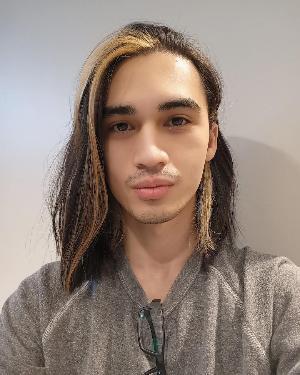
Aron-seth Cohen
Graduate Student - MSc
-
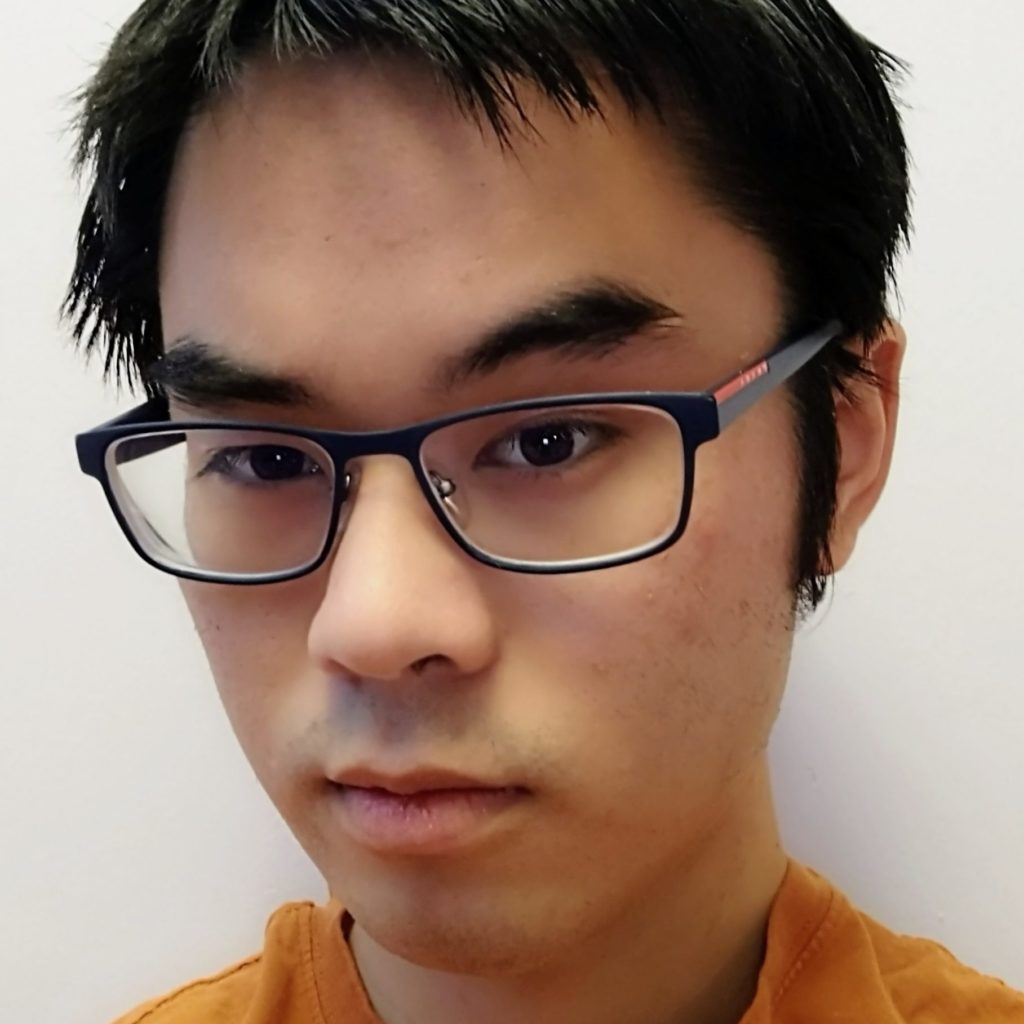
Benedict Leung
Graduate Student - MSc
-

Christopher Collins
Professor, Lab Director
-

Fareeha Malik
Undergraduate student, Lab Assistant
-

Neel Shah
Graduate Student - MSc
-
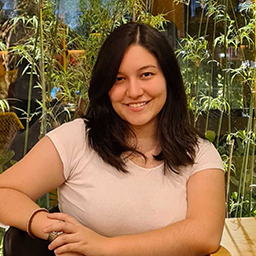
Tania Shimabukuro
Graduate Student – MSC
-

Mariana Shimabukuro
Researcher, Associate Professor
vialab Alumni
-

Adam Bradley
Research Associate
-

Adeliz Keith
Graduate Student – MSC
-
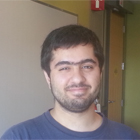
Akshay Manchanda
Undergraduate Student
-
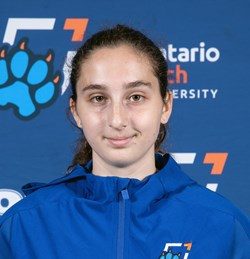
Alexie Linardatos
Lab Coordinator, Undergraduate
-

Bridget Green
Undergraduate Student
-

Brittany Kondo
Graduate Student — MSc
-
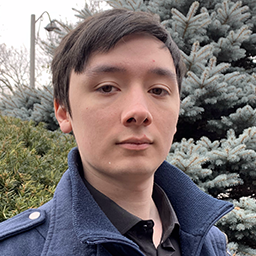
Daniel Earley
Undergraduate Student
-

Erik Paluka
Graduate Student — MSc
-

Gabrielle Perez Dias
Graduate Student — MSc
-

Jessica Zipf
Graduate Student — PhD
-
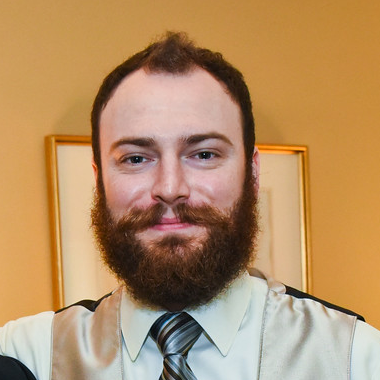
Jonathan Perry
Undergraduate Student
-

Kalev Kalda Sikes
Intern and Undergraduate Student
-

Keeran Srikugan
Undergraduate Student
-

Mario Velazquez
Undergraduate Student, Lab Coordinator
-

Martin Truong
Lab Coordinator, Undergraduate
-

Meng-Wei (Daniel) Chang
Graduate Student — MSc
-

Michael Lombardo
Undergraduate Student
-

Mona Hosseinkhani Loorak
Graduate Student — PhD
-

Pablo Valenzuela
Graduate Student – MSC
-

Prateek Panwar
Graduate Student – MSc
-
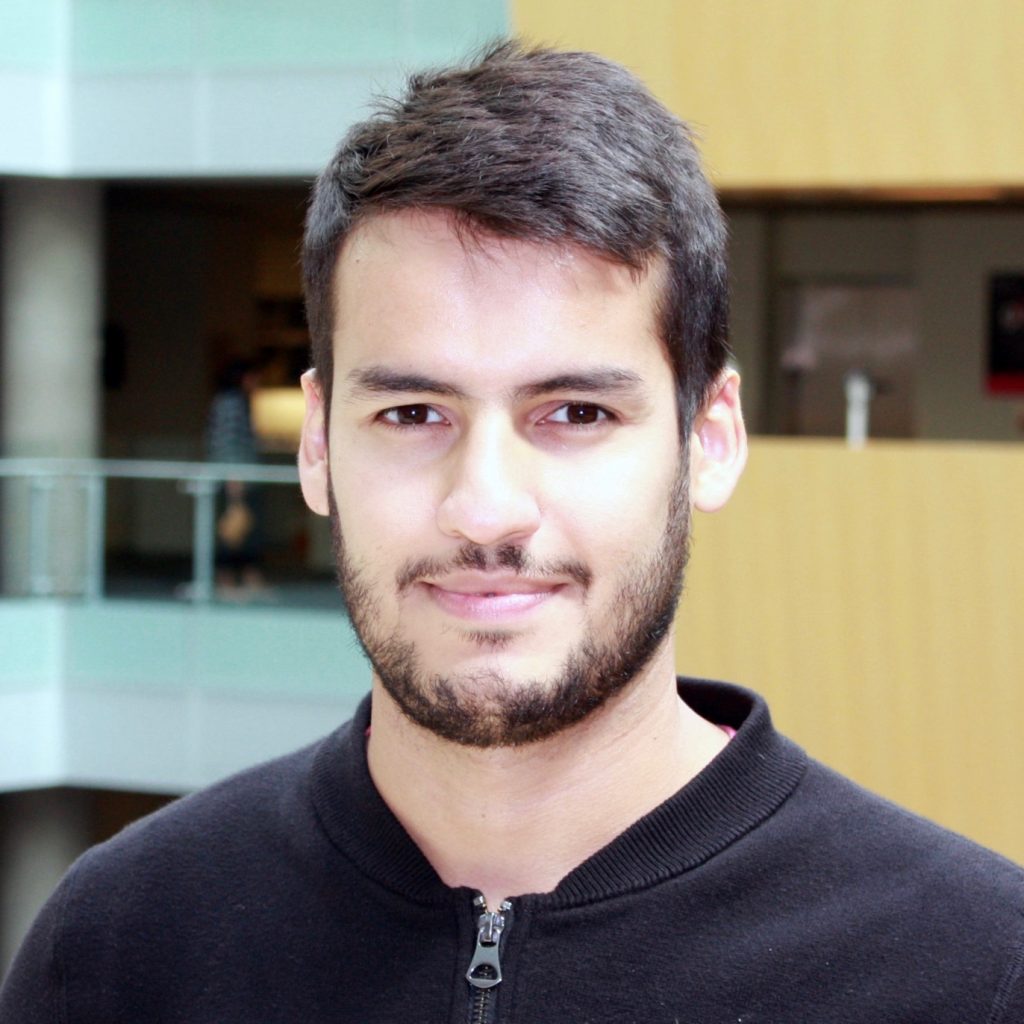
Rafael Veras
Graduate Student — PhD
-
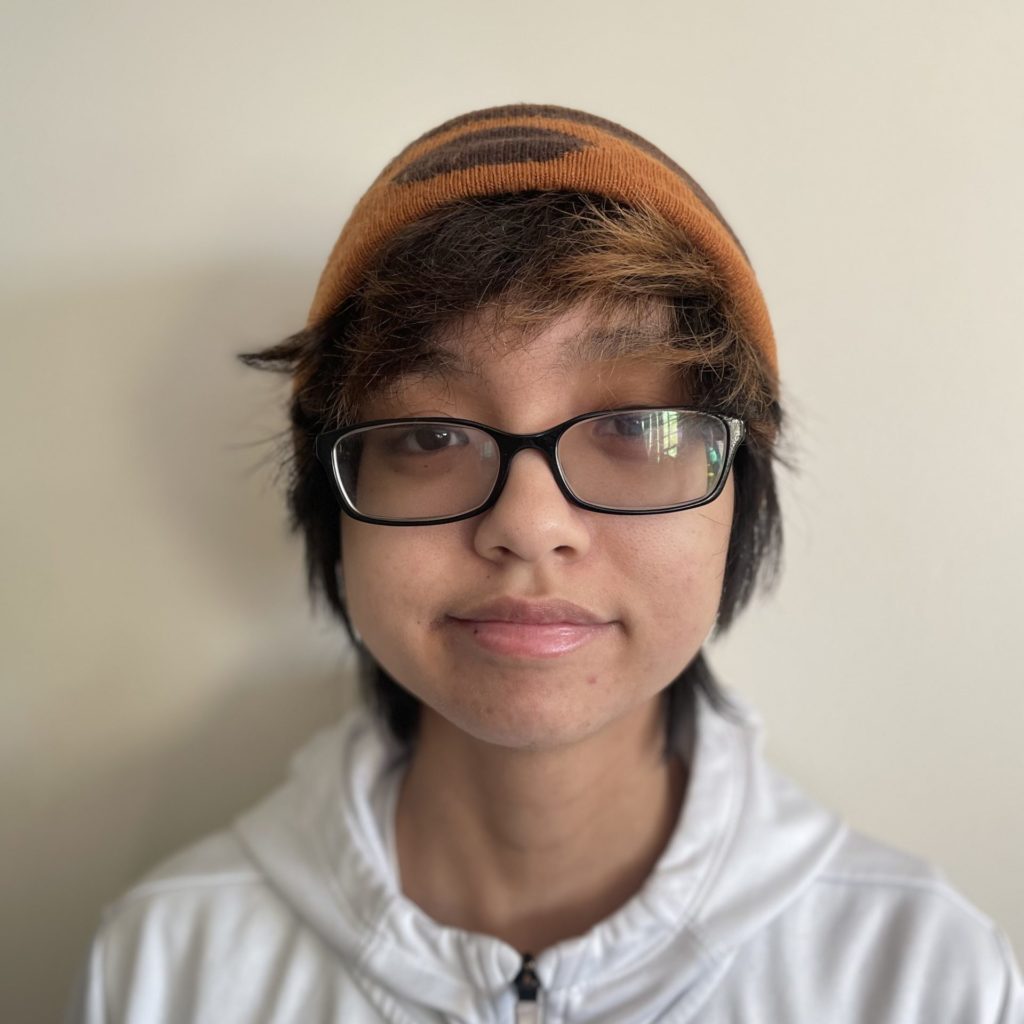
Reese Dominguez
Undergraduate Student
-

Rhys Agombar
Undergraduate Student
-
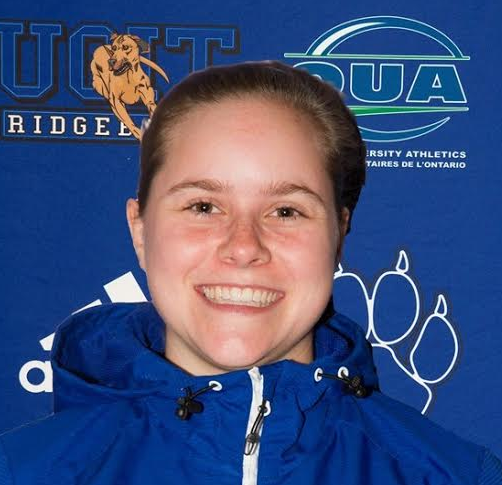
Riley Weagant
Graduate Student – MSC
-

Santiago Bonada
Undergraduate Student
-

Stephen McIntyre
Graduate Student — MSc
-
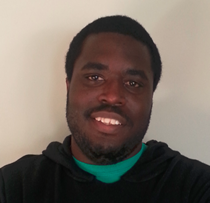
Taurean Scantlebury
Senior Honours Undergraduate Student
-

Taylor Smith
Undergraduate Student
-

Thao Truong
Undergraduate Student
-

Tommaso Elli
Graduate Student — PhD
-

Vital Golub
Undergraduate Student
-

Zachary Cook
SurfNet Intern/Undergraduate Student
-

Zachary Hills
Software Developer
-

Chris Kim
Graduate Student – PHD
-

Mennatallah El-Assady
Graduate Student – PhD
-
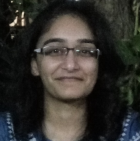
Hrim Mehta
Graduate Student – PhD
-

Zixin Zhao
Graduate Student – MSC
-

Feiyang Wang
Graduate Student – MSC
-

Mohammed Ahmed
Graduate Student – MSC
-

Kevin Desousa
Graduate Student
-
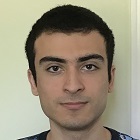
Shawn Yama
Undergraduate Student
-
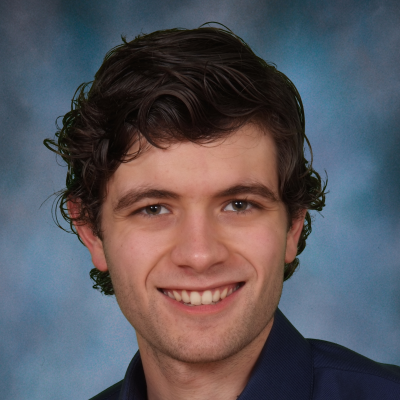
Nathan Beals
Undergraduate Student
-

Deval Panchal
Undergraduate Student
-

Anthony Kouroupis
Undergraduate Student
-

Matthew Chan
Alumni – MSC
-

Ethan Duggan
Lab Coordinator, Undergraduate
